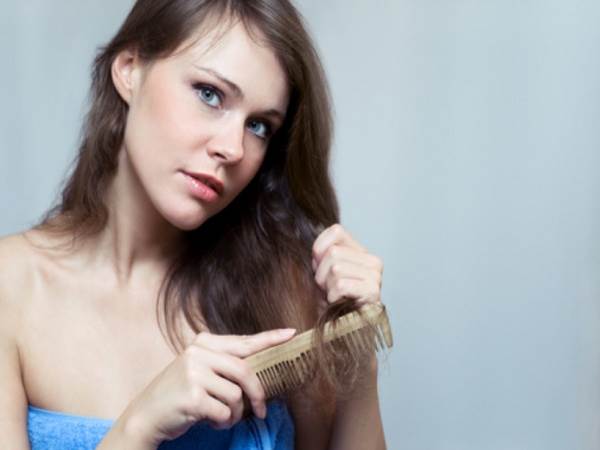The quality of treatments for hair loss have significantly improved in recent years, to the point that successful treatments are almost impossible to notice. Hair loss can be caused by many different factors, which can include male pattern baldness, genetic alopecia, and damage from extensions and braids stretching the scalp. Other problems can develop from stress related illnesses and pregnancy, as well as from conditions such as obsessive hair pulling, or from side effects from medication.
Hair loss treatments are primarily used as a non surgical alternative to hair loss surgery, where parts of the scalp are transplanted to cover up balding spots. Other non surgical options include supplements, volumising treatments, and specially treated shampoos and conditioners. If getting a non surgical hair loss treatment, you should expect the following stages.

Hair Loss Treatment
The first stage in a hair loss treatment involves receiving a clinical and design assessment of your hair loss, and of your particular needs; this involves a professional looking at your hairline and matching up the consistency and the colour of your hair. The shape of your head is also used to create a mold, from which hair treatments can be added. Hair can be added to the head using a mesh system that uses different types of adhesive, tape, and clips, and relies on premium hair.
A hair loss treatment program tends to be carried out in several distinct phases as part of a non surgical process; the emphasis is on making small, gradual changes to the hairline and any bald patches that won’t be immediately apparent to friends and family. This process can begin by working on building up the density of a hairline, before carrying on over several weeks to provide full coverage.
Depending on your type of hair loss and hair type, there can be some specific approaches to creating full coverage; some areas of the head may have to be shaved in order to better attach a hair mesh. Once attached, a hair system will have to be maintained every 6-8 weeks, which can involve adjusting coverage – you can still wash and carry out your daily routine, though, without having to worry about the system failing. A hair replacement system typically lasts for two years before having to be replaced.
Other hair replacement and treatment systems involve dealing with partial or temporary hair loss; this might involve volumising your hair using extensions and hair pieces that can be naturally blended into your existing hair. Alternatively, laser hair therapy can be used with DHT blockers to stimulate your follicles and encourage hair regrowth if some loss has already begun.
Other regrowth options that don’t involve surgery include using chemical treatments such as minoxidil, which can be massaged into the scalp, as well as DHT blocking tablets that inhibit the hormones that lead to hair loss. Special shampoos and conditioners, which are usually DEA free, are also helpful if you’re experiencing partial or temporary hair loss, while supplements like dexpanthenol and coenzyme can also be effective as forms of treatment.
Author Bio:
“Emily Steves is an avid writer specialising in Fashion and Beauty, and is currently researching hair loss and the current methods that are used in Hair loss treatments. Emily enjoys researching different beauty treatments and sharing with others the things she has learnt.”




